Dishwasher modes
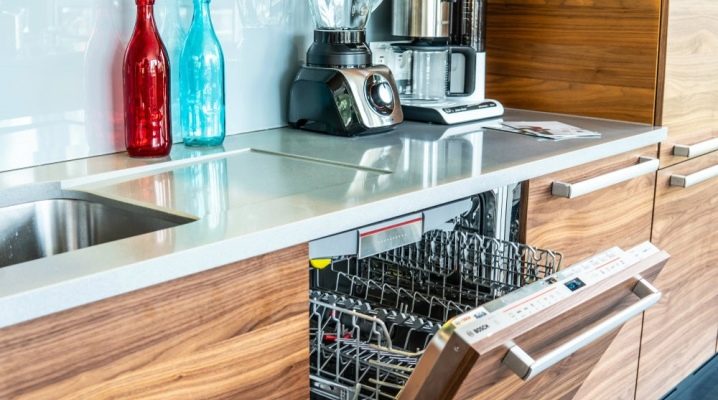
Dishwasher modes should be known to all its owners. Despite the difference between specific brands and models, almost everywhere there are eco programs, rinsing and washing, soaking and others. That is why it is important to figure out in which operating mode you need to turn on the dishwasher for washing dishes in each specific case.
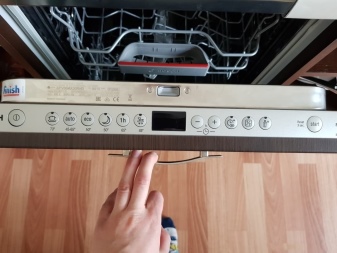
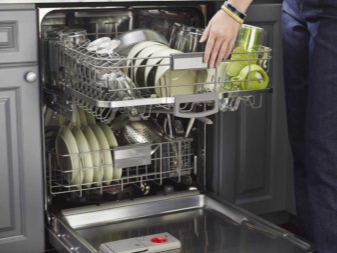
Types and features of modes
Despite all the variety of dishwasher options, they have far fewer programs than washing machines because they have to work with much more homogeneous tasks. Almost always in everyday life, the daily routine is the most practical for washing dishes. It is usually installed by default, unless other specialized programs are selected. This implies a relatively low consumption of water, electricity and detergents.
A quick option is available in any automatic dishwasher. This option is used if you need to tidy up relatively clean dishes.
Compared to the standard work format, costs are reduced by 15-20%. But if you do not need to wash dishes and pots, but cups and thin saucers, it is more correct to use the “eco” approach. In this option, the water is heated to a maximum of 45 degrees, and the consumption of electricity, water and detergents is also minimized.
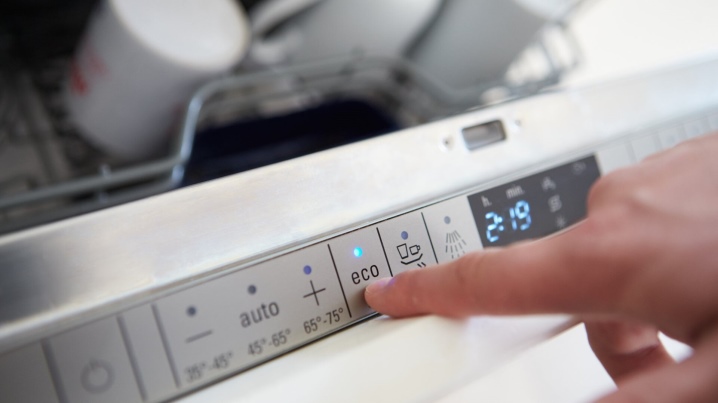
Stubborn clogging is effectively eliminated by choosing the intensive mode for washing. It is sometimes divided into several subtypes. The most powerful varieties are used for cleaning pots and pans. Of course, in order to provide the desired result, the intensive mode is combined with heating to the highest temperatures. Additionally, there may be:
-
program soaking (washes away dried-on dirt and removes the effects of burning dishes without high temperature indicators);
-
option especially delicate work (needed to clean porcelain, gilded and silver-plated items);
-
express-mode (a subspecies of quick wash);
-
half loading (needed if the dishes accumulate slowly).
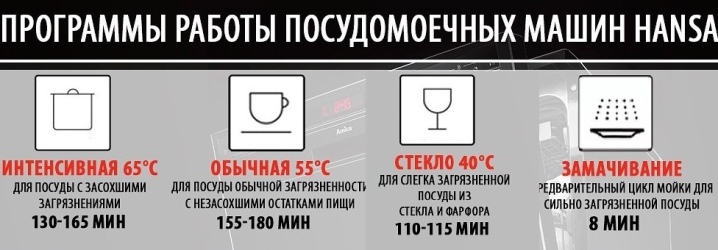
The rinse mode most often does not have to be selected, because it turns on by default after other programs have ended. In some cases, rinsing is turned off at its discretion. A special night mode is available in advanced versions. It allows you to both save energy and make the device quieter.
A special test, or otherwise service, format implies the establishment of the reasons why the equipment does not work correctly; the error code can then be deciphered using special tables.
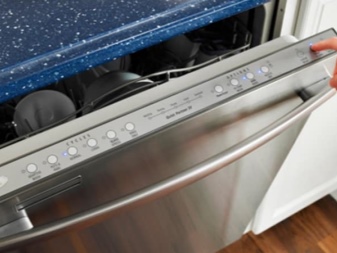
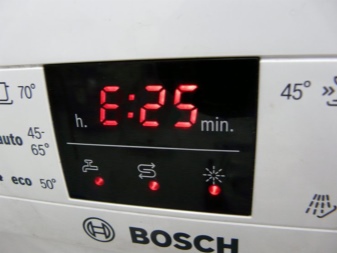
Selection rules
Soaking should only be switched on when there is a very large amount of dishes. A couple of lightly soiled dishes are much easier and easier to clean under the tap. Another thing is if there was a holiday or other plentiful feast. The simple automatic mode must be chosen carefully. Sometimes the automation tries to choose an excessively long processing time, which not everyone likes; fixing the problem is simple - clearly define the program with the required properties.
Very relevant information can always be gleaned from the instructions for a particular model. The standard program is usually set if you have to clean moderately soiled dishes. It is useful to enable the delicate option not only for porcelain, but also for glass. Night mode is most justified if you can use a two-tariff electricity meter. Otherwise, all modes are chosen at their discretion - their use is intuitive.
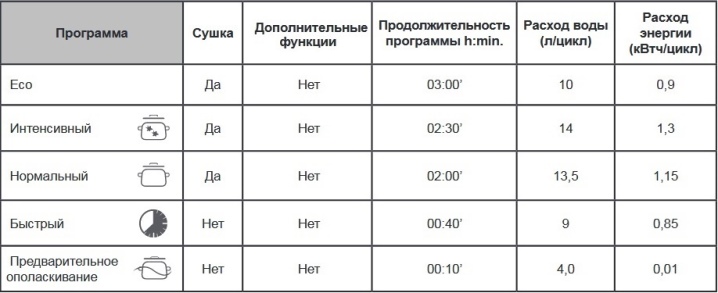
Safety engineering
With the intensive program, the dishwasher can heat the water up to 90 degrees. In this case, touching the cabinet can be very dangerous.
It must be remembered that there is also an electric current inside the dishwasher. You should also beware of it. The device must be grounded.
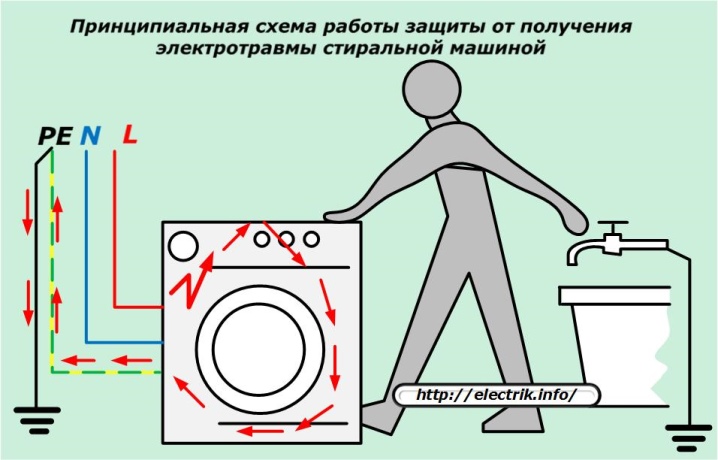
If the indication suddenly blinks, you must try before contacting the masters:
-
open the water supply tap;
-
check the filler valve;
-
remove water from the sump (to which the Aqua Stop system reacts);
-
inspect the circulation pump.
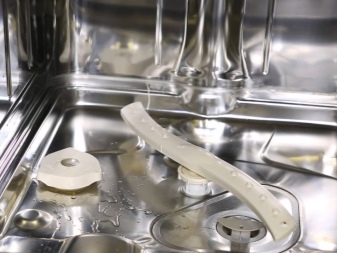
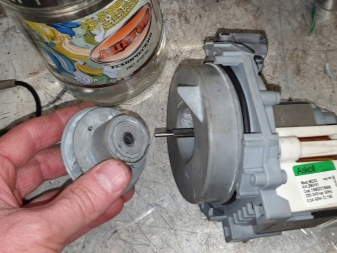
Sometimes the dishwasher won't switch modes. In many cases, alas, this may be due to the breakdown of the main control circuits. It is impossible to repair the module - it will have to be completely changed. The cost of such repairs is very tangible.
To reset the failure, a reboot with a 10-15 minute disconnection from the network is usually enough.
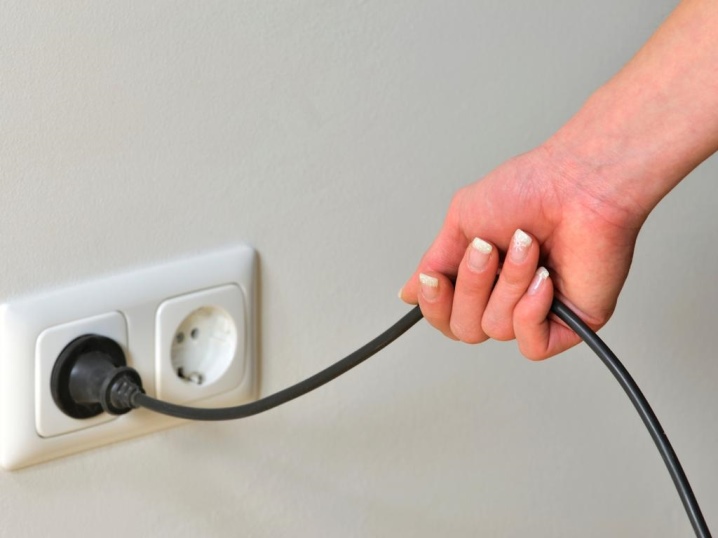
But you can do it easier: press the start button for 10-15 seconds. With minor violations, this is quite enough to solve the problem. Other recommendations:
-
wait for the dishes to cool down after washing and drying;
-
disconnect the machine from the power supply before any manipulation with it;
-
do not ignore all notifications and error codes;
-
connect the dishwasher only through a circuit breaker and a difavtomat;
-
avoid even partial disassembly with your own hands, and always entrust this work to professionals.
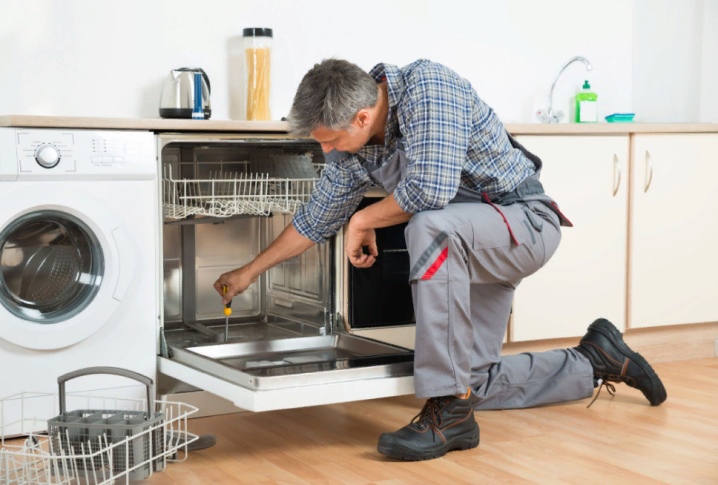













The comment was sent successfully.